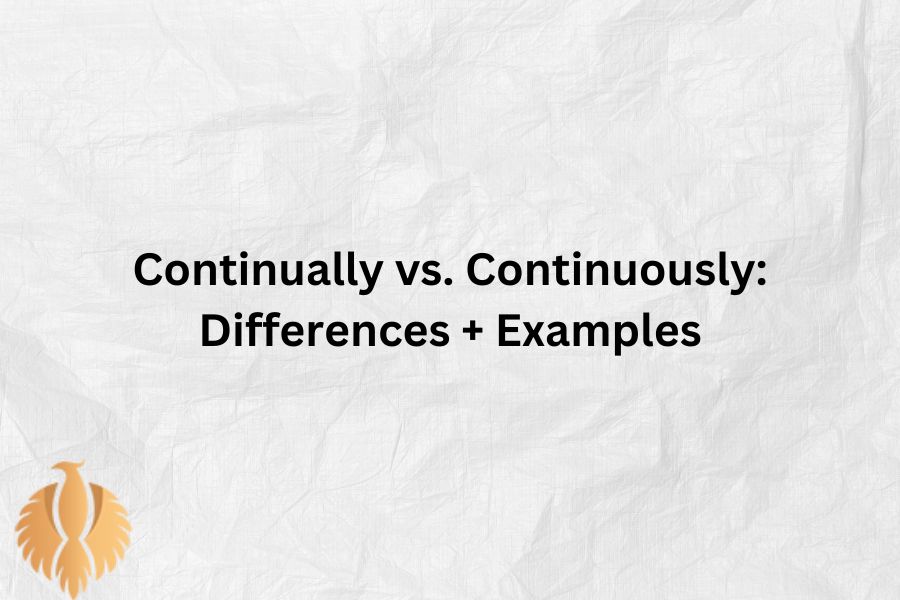Being able to distinguish between these two terms can greatly improve our ability to use the English language, especially when writing.
Grasping these distinctions not only enhances clarity and precision but also boosts your overall communication skills.
Although the meanings of the two words are similar, they are employed in rather distinct situations. This paper will examine their meanings, applications, and subtleties along with providing instances that showcase original names. ✍️
By exploring these aspects, you will gain a deeper understanding of how to use each term appropriately, ensuring that your writing is both accurate and impactful.
Whether you are a student, professional, or language enthusiast, mastering these differences will serve as a valuable tool in your linguistic arsenal.
Let’s embark on this journey to refine your English language skills and achieve greater proficiency.✍️
You might also enjoy:Too Cute Meaning Vs To Cute (To Vs Too) + Examples
Definitions
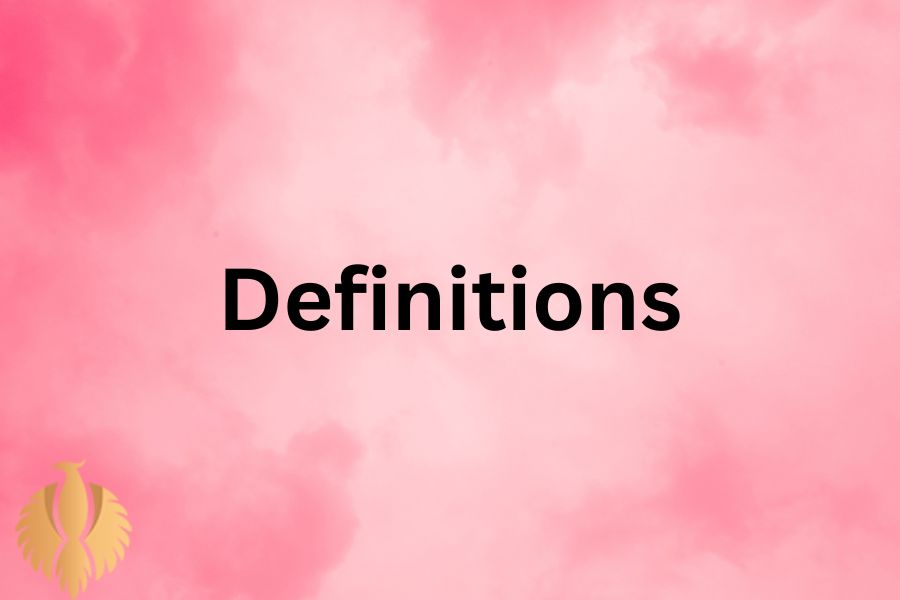
To begin with, it’s essential to define “continually” and “continuously” clearly.
Continually refers to something that happens repeatedly over a period of time but with intermittent pauses. It implies a cycle of starts and stops.
Continuously, on the other hand, describes an action or state that occurs without any interruption. It is an unbroken sequence or flow.
Key Differences
Intermittence vs. Uninterrupted Flow
The primary difference between the two words lies in intermittence versus uninterrupted flow. When something happens continually, it occurs frequently or regularly but with breaks in between. For example, if Miranda checks her email continually throughout the day, she does so at various times rather than in one long, uninterrupted session.
Conversely, when something happens continuously, it does so without any breaks. If Alex runs the marathon continuously, he does not stop at any point until he reaches the finish line.
Usage in Sentences
Understanding their appropriate usage in sentences helps clarify these concepts. Here are a few examples:
- Continually: Felix complained continually about the noise outside his apartment. This means Felix complained often, but not non-stop.
- Continuously: The river flowed continuously through the valley, indicating that the flow was constant and without interruption.
You might also enjoy:Boys’ or Boy’s– Which One is Correct? + Example
Nuances in Context
Emphasizing Frequency vs. Duration
Using these words correctly can emphasize different aspects of actions or events. When we say, “Lena worked continually on her project,” we highlight that she worked on it frequently, possibly with breaks. If we say, “Lena worked continuously on her project,” it suggests she worked on it without taking any breaks.
Appropriate Contexts
Certain contexts inherently favor one term over the other. For instance, biological processes or mechanical operations often imply continuity. For example, a heart beating continuously or a machine running continuously. Human activities, which naturally involve breaks, often fit better with “continually,” like students continually asking questions during a lecture.
Examples
Continually
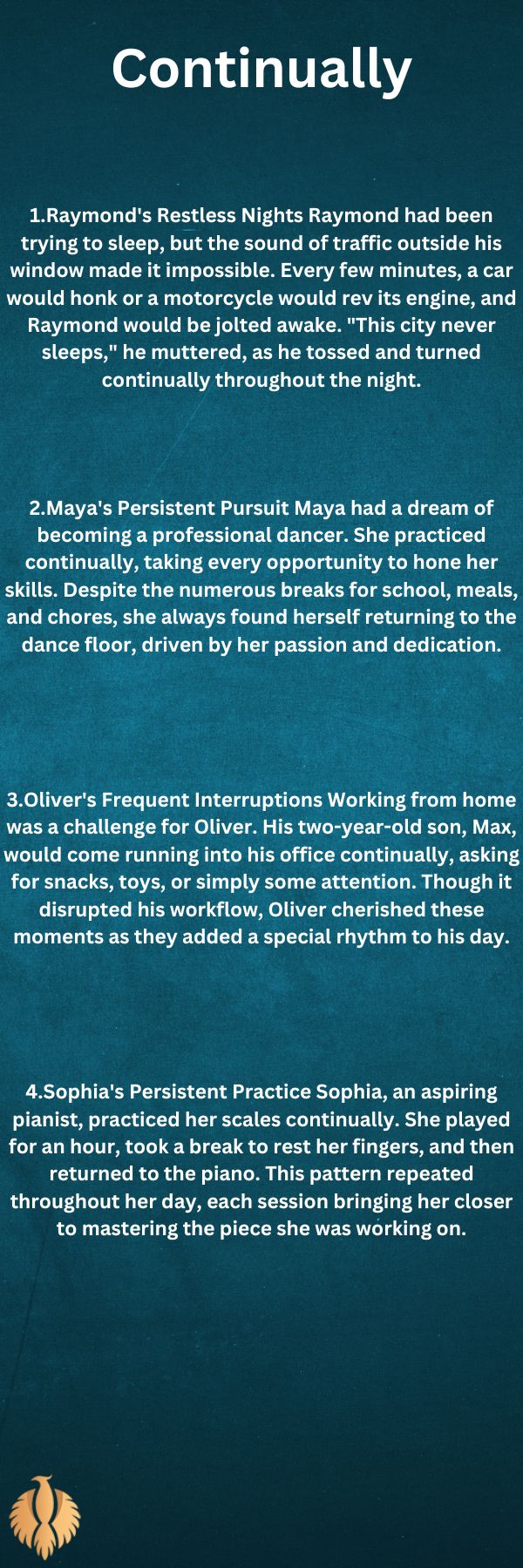
1.Raymond’s Restless Nights Raymond had been trying to sleep, but the sound of traffic outside his window made it impossible. Every few minutes, a car would honk or a motorcycle would rev its engine, and Raymond would be jolted awake. “This city never sleeps,” he muttered, as he tossed and turned continually throughout the night.
2.Maya’s Persistent Pursuit Maya had a dream of becoming a professional dancer. She practiced continually, taking every opportunity to hone her skills. Despite the numerous breaks for school, meals, and chores, she always found herself returning to the dance floor, driven by her passion and dedication.
3.Oliver’s Frequent Interruptions Working from home was a challenge for Oliver. His two-year-old son, Max, would come running into his office continually, asking for snacks, toys, or simply some attention. Though it disrupted his workflow, Oliver cherished these moments as they added a special rhythm to his day.
4.Sophia’s Persistent Practice Sophia, an aspiring pianist, practiced her scales continually. She played for an hour, took a break to rest her fingers, and then returned to the piano. This pattern repeated throughout her day, each session bringing her closer to mastering the piece she was working on.
You might also enjoy:To Bad Or Too Bad – Correct Grammar + Examples [2024]
Continuously
- Lucas’s Marathon Lucas trained for months for the city marathon. On the big day, he ran continuously for four hours, determined not to stop until he crossed the finish line. His legs ached, and he was exhausted, but the sense of accomplishment was worth every step.
- Evelyn’s Steady Stream Evelyn loved the sound of the waterfall near her cabin. It flowed continuously, providing a soothing background to her mornings. Sitting on her porch with a cup of coffee, she felt at peace listening to the endless rush of water.
- Noah’s Long Drive Noah embarked on a cross-country road trip. He drove continuously for twelve hours, stopping only for fuel. The vast landscapes changed from forests to deserts, and the road seemed to stretch endlessly ahead of him.
- Amelia’s Unbroken Connection Amelia, a software engineer, set up a live feed of her favorite bird’s nest. She watched continuously as the mother bird cared for her chicks. The feed never stopped, providing an uninterrupted glimpse into the birds’ lives.
Practical Applications in Various Fields
In Literature and Writing
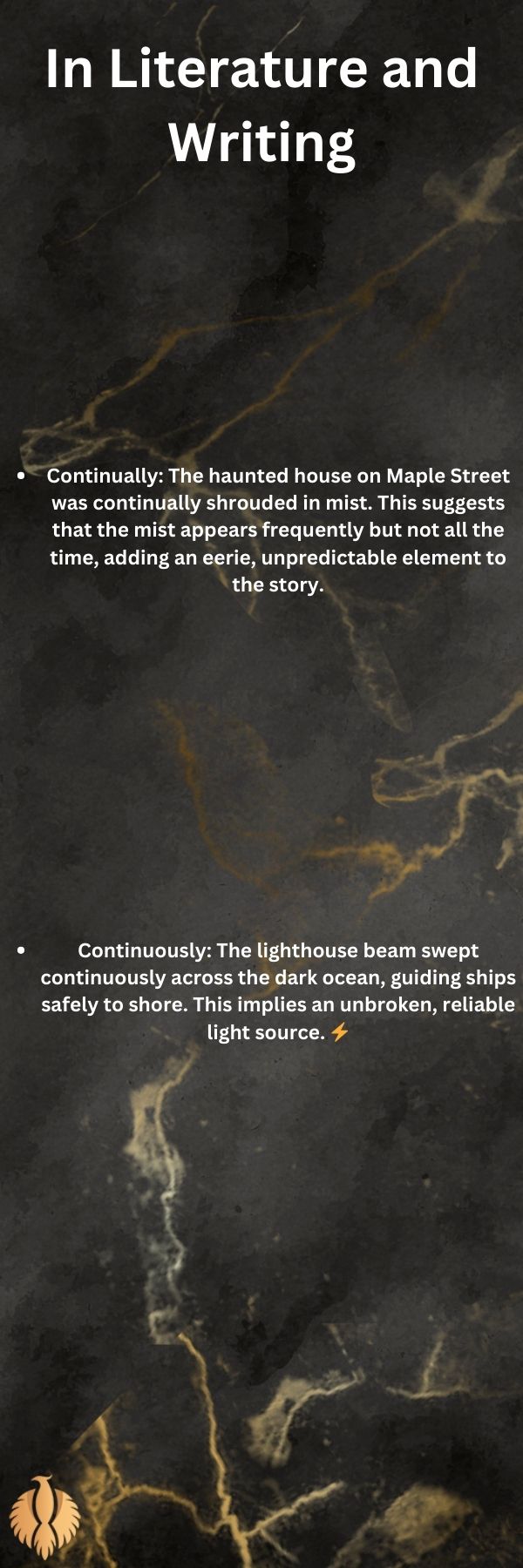
Authors and writers often use “continually” and “continuously” to create vivid images and convey specific nuances in their stories. The distinction can add depth to character development and scene setting.
- Continually: The haunted house on Maple Street was continually shrouded in mist. This suggests that the mist appears frequently but not all the time, adding an eerie, unpredictable element to the story.
- Continuously: The lighthouse beam swept continuously across the dark ocean, guiding ships safely to shore. This implies an unbroken, reliable light source. ⚡️
In Science and Technology
In scientific contexts, precision is key. The correct usage of these terms can affect the interpretation of data and experimental results.
- Continually: The scientists observed that the volcanic activity occurred continually over several months. This indicates periodic eruptions with intervals of calm.
- Continuously: The researchers monitored the patient’s heart rate continuously for 24 hours to detect any irregularities. This suggests an unbroken stream of data collection.
In Business and Work Environment
In the workplace, understanding these terms can improve communication and project management.
- Continually: The team met continually throughout the quarter to discuss project updates, suggesting regular but separate meetings.
- Continuously: The assembly line operated continuously to meet the production deadline, indicating non-stop work until completion.
You might also enjoy:Which of the Following: Definition + Complete Usage + Grammar
Common Mistakes and How to Avoid Them
Mistake 1: Using “Continually” When “Continuously” is Appropriate
- Incorrect: The alarm rang continually until someone turned it off.
- Correct: The alarm rang continuously until someone turned it off.
The alarm’s ringing without interruption fits “continuously” better.
Mistake 2: Using “Continuously” When “Continually” is Appropriate
- Incorrect: She continually monitored her phone for messages all day.
- Correct: She continuously monitored her phone for messages all day.
If she was checking her phone at intervals, “continually” would be correct.
Real-Life Scenarios
Continually
- James and His Studies James was preparing for his final exams. He studied continually throughout the day, taking breaks for meals and short walks. His pattern of study was intense but punctuated by necessary pauses to avoid burnout.
- Ava’s Customer Service Role Ava worked as a customer service representative. She dealt with customer queries continually during her shift, answering questions, resolving issues, and providing information. The flow of calls was steady, but there were moments of respite between each call. ☎️
- Carlos’s Gardening Routine Carlos loved gardening. He would tend to his plants continually, pulling weeds, watering flowers, and pruning bushes. His work was regular but not without breaks, often stopping to admire his handiwork or to sip a glass of lemonade.
Continuously
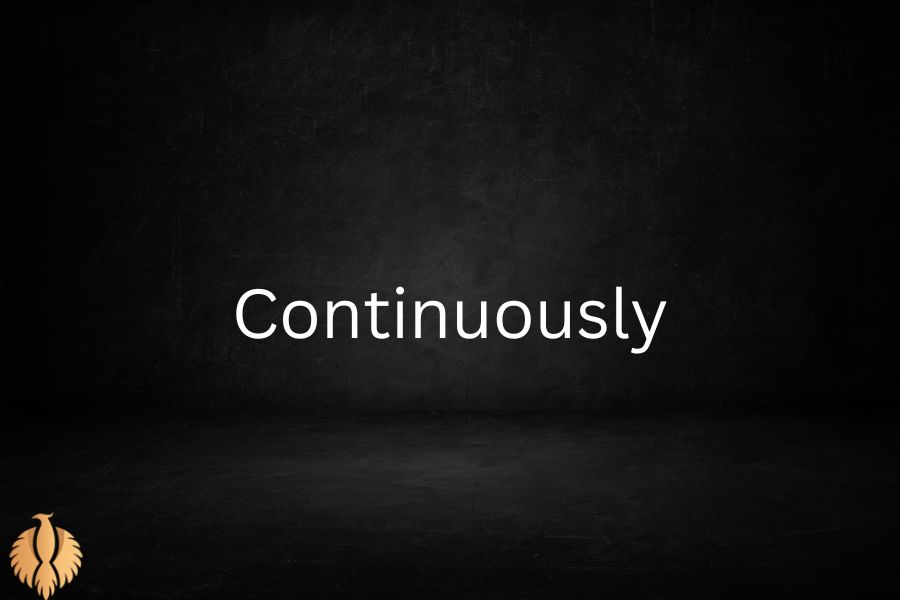
- Isabella’s Research Isabella, a marine biologist, conducted an experiment that required her to monitor the temperature of a water tank continuously for 48 hours. She used sophisticated equipment to ensure there was no interruption in data collection, critical for the accuracy of her research.
- Nathan’s Drive Nathan decided to drive continuously from New York to Boston to make it in time for an important meeting. He did not stop for breaks, relying on snacks and energy drinks to keep him alert for the entire journey.
- Emma’s Vigil Emma sat vigilantly by her grandmother’s hospital bed. She watched continuously, holding her hand and speaking to her softly. Her presence was unbroken, providing comfort and support during a difficult time.
Tips for Remembering the Difference
Visualize the Action
Visualizing the action can help remember the difference between these terms. Picture a dotted line for “continually” (with gaps) and a solid line for “continuously” (unbroken).
Associate with Daily Activities
Relate the terms to daily activities. Think of “continually” as how you check your phone throughout the day and “continuously” as how a river flows without stopping.
Practice with Examples
Create your own examples using these words. Writing sentences about your routine or activities using “continually” and “continuously” can reinforce their meanings and correct usage.
Grammar Rules Explained
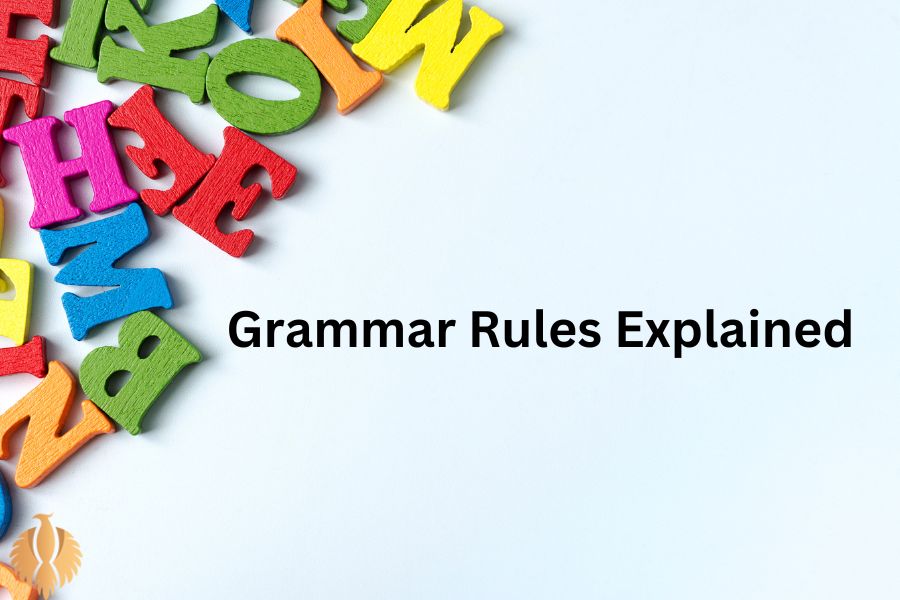
- Adverbs of Frequency and Duration
Continually and continuously are both adverbs, which means they modify verbs, adjectives, or other adverbs. Understanding the specific type of adverb each represents helps in using them correctly.
- Continually: This is an adverb of frequency. It indicates how often something happens but suggests that there are breaks between occurrences. For example, “She continually checked her phone throughout the day” implies that the checking was frequent but not non-stop.
- Continuously: This is an adverb of duration. It describes an action that happens without interruption. For example, “The machine ran continuously for 24 hours” means the machine did not stop running at any point during that period.
-
Placement in Sentences
Adverbs typically have flexible placement within a sentence but their position can affect emphasis and clarity.
- Before the main verb: “She continually checks her email.”
- After the verb: “He ran continuously.”
- At the beginning or end of the sentence: “Continually, she checked her phone.” or “She checked her phone continually.”
-
Modifying Verbs
When using these adverbs, ensure they accurately modify the verb to convey the intended meaning.
- Continually: If the action is repetitive with breaks, “continually” is appropriate.
- “The students continually raised their hands during the lecture.” (They raised their hands at various times, not all at once without stopping.)
- Continuously: If the action is uninterrupted, use “continuously.”
- “The snow fell continuously throughout the night.” (The snow did not stop falling.) ❄️
You might also enjoy: Top 30 Gambling Phrases and Idioms In 2024
- Avoiding Redundancy
Be mindful of redundancy when using these adverbs. Avoid phrases where the adverb’s meaning is already implied by the verb or context.
- Incorrect: “She continually kept on checking her phone.” (“Kept on” is redundant.)
- Correct: “She continually checked her phone.”
-
Contextual Clarity
Ensure the context supports the use of either “continually” or “continuously.” The adverb should fit logically with the verb and the action described.
- Continually: Suitable for actions that are inherently broken up by pauses.
- “Emily cried continually during the trip.” (The crying was frequent but not non-stop.)
- Continuously: Suitable for actions that are unbroken and uninterrupted.
- “The video played continuously for two hours.” (The video did not stop playing.)
Examples with Detailed Explanations
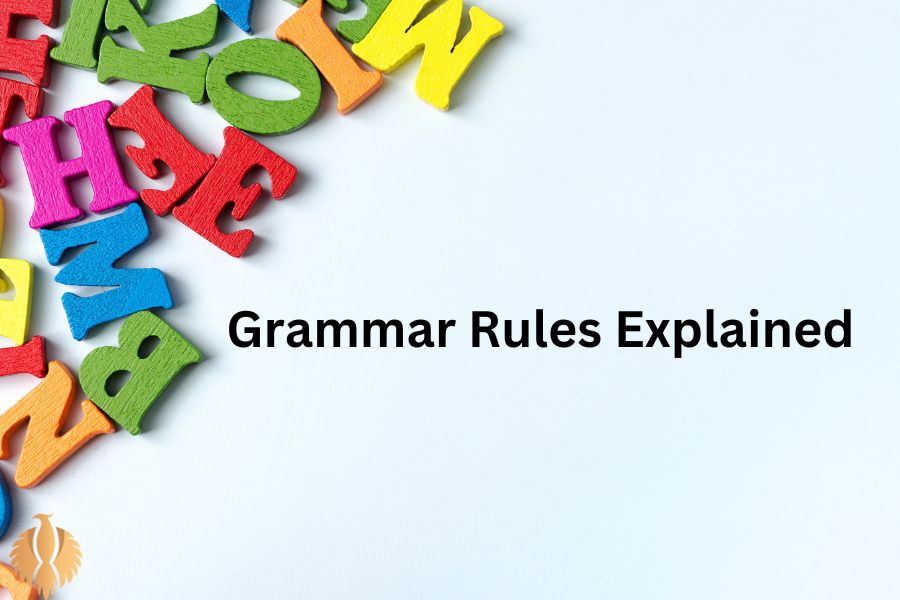
- Continually:
- Sentence: “Liam continually asked questions during the meeting.”
- Explanation: “Continually” indicates that Liam’s questions were frequent but not constant. There were intervals between his questions.
- Continuously:
- Sentence: “The Rhine river flowed continuously through the city.”
- Explanation: “Continuously” implies an unbroken flow of the river. There were no stops in the water’s movement.
Common Mistakes and Corrections
- Incorrect: “She watched TV continually for five hours.”
- Correct: “She watched TV continuously for five hours.”
- Explanation: Watching TV without breaks for five hours fits the definition of “continuously.”
- Incorrect: “The clock ticks continuously.”
- Correct: “The clock ticks continually.”
- Explanation: Clocks typically tick in a regular, repeated manner with tiny pauses between ticks, fitting “continually.” ️
Additional Grammar Tips
Verb Tense Consistency
Ensure the verb tense remains consistent when using adverbs. Shifts in tense can confuse the reader.
- Correct: “She continually checked her phone and sighed every time.”
- Incorrect: “She continually checks her phone and sighed every time.”
Subject-Verb Agreement
Ensure that the subject and verb agree in number, especially when using adverbs.
- Correct: “The lights continually flicker in the hallway.”
- Incorrect: “The lights continually flickers in the hallway.”
Parallel Structure
When listing actions or using multiple adverbs, maintain parallel structure for clarity and rhythm.
- Correct: “He studied continually, exercised regularly, and slept soundly.”
- Incorrect: “He studied continually, was exercising regularly, and slept soundly.”
You might also enjoy: Top 100 Commonly Used Verbs That Start With A [2024]
Adverbial Clauses
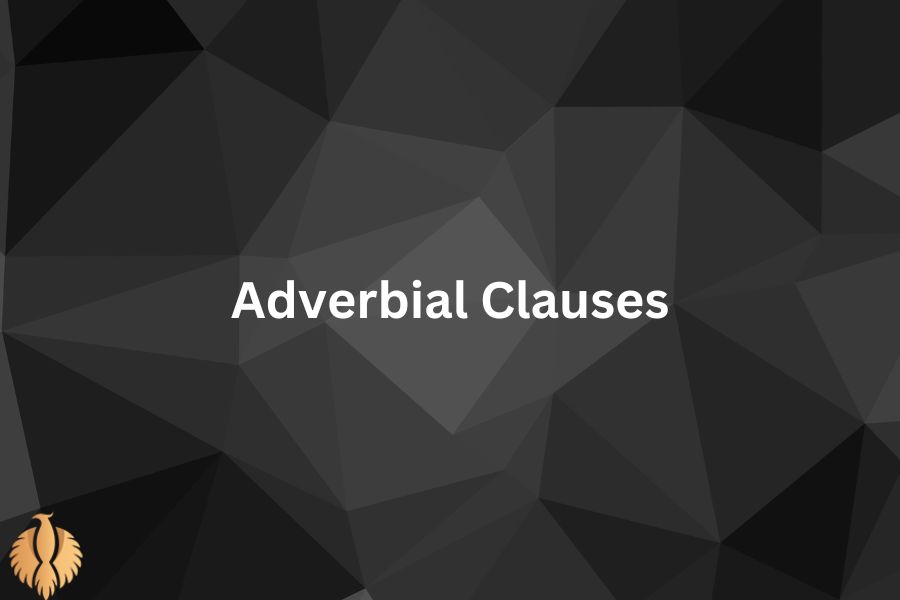
Use adverbial clauses to provide more detail about the conditions or reasons for an action.
- Example: “Because the machine operated continuously, it needed regular maintenance checks.”
Conclusion
For accurate communication, knowing the distinction between “continually” and “continuously” is essential. While both terms deal with the concept of repetition and duration, “continually” implies intermittent action, and “continuously” implies unbroken action.
By examining definitions, contexts, and examples, and by practicing their usage, we can master the subtle yet significant distinction between these words.
Whether it’s in literature, science, or daily conversations, using these terms correctly can enhance clarity and expression.
So, the next time you’re describing an action, remember to consider whether it happens with breaks or without interruption. This mindful choice of words can make all the difference in conveying your message accurately.

Hi, welcome to my blog! My name is Omid and I am thrilled to have you here! I am an English language teacher with 12 years of experience and hold multiple international certifications (TESOL, IELTS, TOEFL, PTE, CELTA). Additionally, I hold a PhD in Applied Linguistics with a specialization in Teaching English as a Second Language (TESL), which fuels my passion for teaching English and assisting others in mastering the language. To me, nothing is more rewarding than helping individuals enhance their English language abilities through various methods. So, let’s embark on this journey of learning English together.

